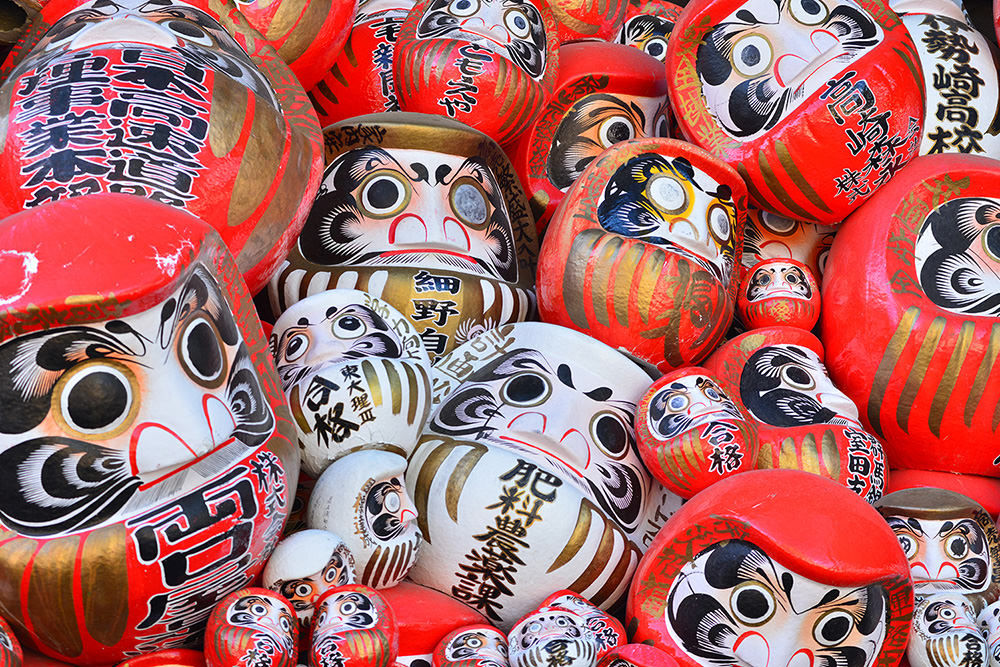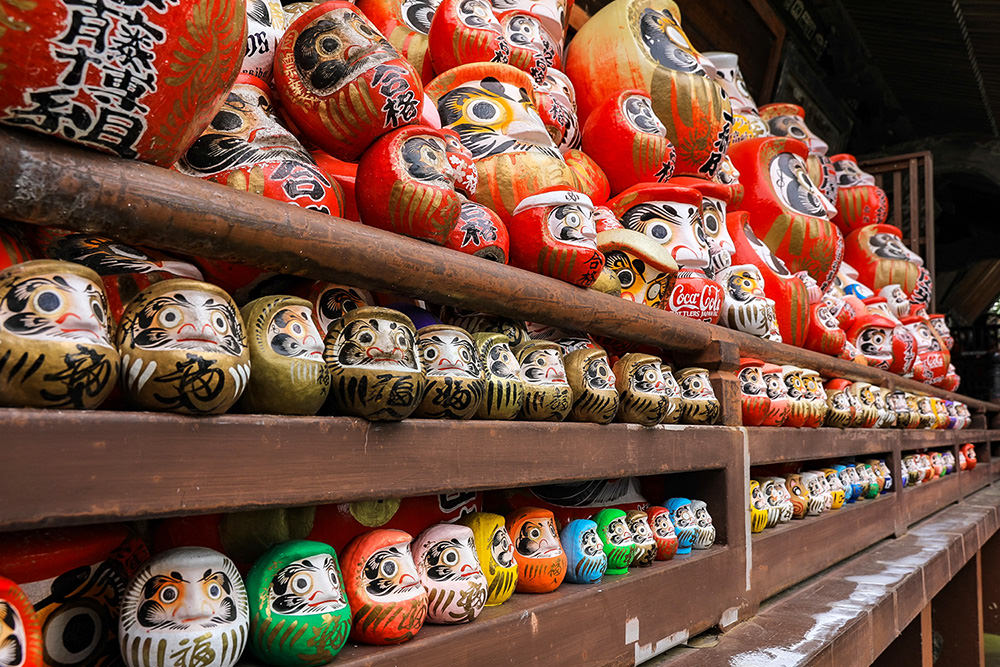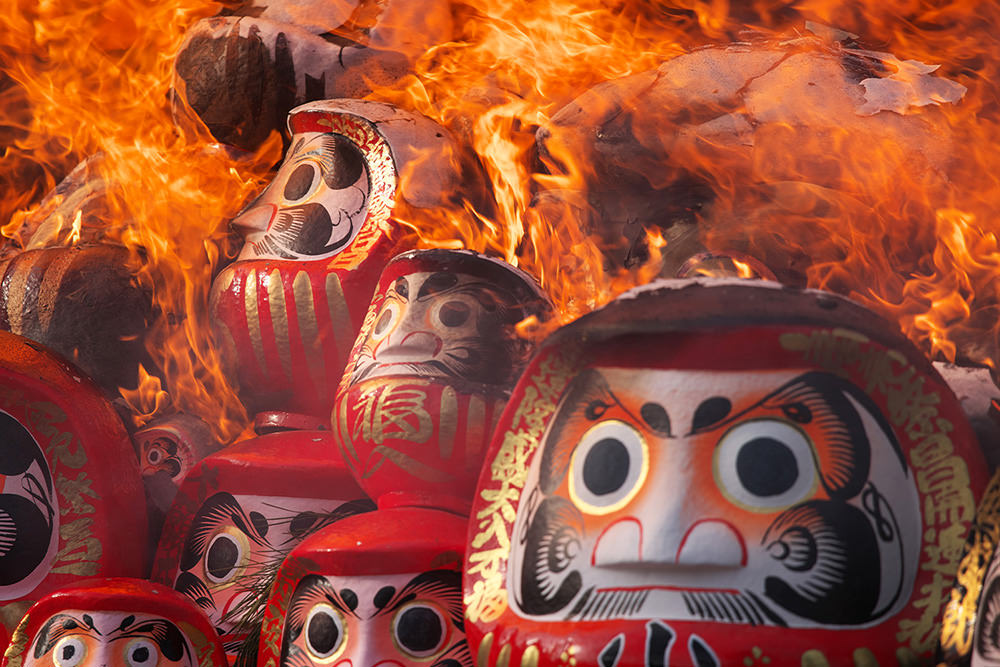
Build a custom itinerary using our Trip Planner. How to use
History & Culture
Shorinzan Darumaji Temple
Gunma Gateway

Build a custom itinerary using our Trip Planner. How to use
History & Culture
Daimonya Co., Ltd.
Gunma Gateway














